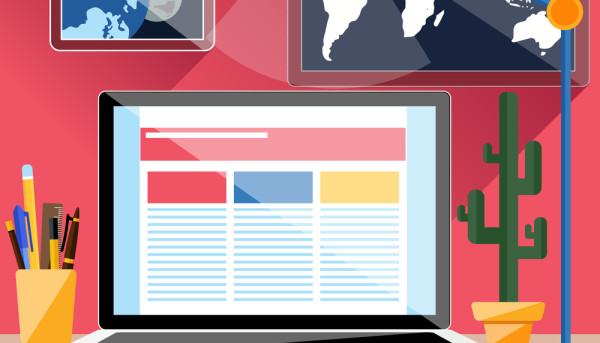How to Set Savings Goals to Save Money
How to Set Savings Goals to Save Money
The first step in saving money is to identify your financial goals. Label each goal as either a need or a want. Then, layer your current savings into the list. Your goals will help you determine how much money you need to save. Then, plan to achieve each goal. If possible, automate the process.
Automating the process of setting savings goals
Setting up automatic savings programs allows you to save money on a regular basis. While this makes budgeting easier, you still need to pay attention to your finances. For instance, checking your savings account to see if it has grown is a good way to stay motivated. In addition, it will help you monitor your savings and identify problems as they arise. You may be missing duplicate or incomplete transfers if you don't check your account on a regular basis.
Another great benefit of automating the process of setting savings goals is the reduced stress of saving money. Having money automatically go into a savings account is a great way to boost your mood. Automating this process will make it easier for you to feel happy about the money that you've set aside. Plus, knowing exactly how much you're saving is important for determining how long it will take to reach your financial goal.
When you automate the process of setting savings goals, you won't have to worry about juggling a large number of different accounts. You can use the money you save to make occasional purchases, such as concert tickets or a new pair of shoes. You can review your progress each quarter to see if you've made progress.
Lastly, automating your savings goals is the best way to ensure that you consistently save money each month. It will help you save money and grow it over time. There's a classic saying in personal finance: "Pay yourself first." By automating your savings, you'll never have to worry about running out of cash when you need it.
The benefits of automating your finances are many. Aside from making it easier to stay on budget and meet your financial goals, automating your finances will also reduce stress. Moreover, it'll make it easy to keep track of your account statements and transactions. Moreover, automated accounts allow you to increase your investment contributions annually.
Calculating purchases by hours worked instead of cost
When you want to save money, divide your purchase cost by the number of hours you spend working on that item. Then ask yourself if the item is really worth the money you spent on it. The more you save, the more freedom you will have. For example, if you wanted a new car, you can divide the cost of the car by the number of hours you worked on it.
Building an emergency fund
Setting goals to save for an emergency fund is a great way to gain momentum and improve focus. The best goal is to save enough money to cover one month or two weeks' worth of expenses. This amount can be reached gradually and over time. You can also set more modest goals to build your emergency fund faster.
Initially, it is best to set a low target, such as $500 or $1,000, which is enough to cover the cost of repairs to your home or car. Then, set a higher target, such as $2,000. Doing this over a period of nine to twelve months will allow you to build up a substantial emergency fund.
First, calculate your income and expenses each month. This way, you can figure out the amount that you can afford to save. Then, you can decide how much you can afford to set aside for an emergency. Once you have an idea of how much money you can save, start with a small amount each month and work your way up. You can also set up automatic transfers so that you can move the extra money from your checking account to your savings account.
Having an emergency fund is important for many reasons. First, it allows you to feel secure. It can cover anything from a monthly car payment to an expensive emergency. In addition to preparing for an emergency, a fund can also help you prepare for unforeseen expenses. Aside from being an important financial cushion, an emergency fund can also help you deal with other situations like a broken down car engine.
Another great way to set savings goals is to create a budget and track your spending. This will help you direct your spending towards your goal. A budget takes into account how much cash you have coming in and out of your bank account, what you need to buy, and how much you want to save.
A good emergency fund can help you avoid debt or a looming emergency. Even a small amount can cover a number of expenses, and it is always better to be prepared than not to have one. The goal is to make your savings grow so that you can cover unexpected costs. This is a great way to avoid personal loans or credit card debt.
A good emergency fund should cover three to six months' worth of expenses. Setting a savings goal and sticking to it is important because it takes time to build a big emergency fund. Start by saving a small amount every week, and work your way up. As your salary increases, you can increase the amount you set aside for emergencies.
As your emergency fund grows, make sure to set aside money for emergencies only. Never take money out of your emergency fund for other purposes. You'll be glad you did, especially when you think back to your first emergency. The key to building an emergency fund is to save a certain amount each month, and stick with it. You can use an emergency fund calculator to help you determine how much money to save every month.










